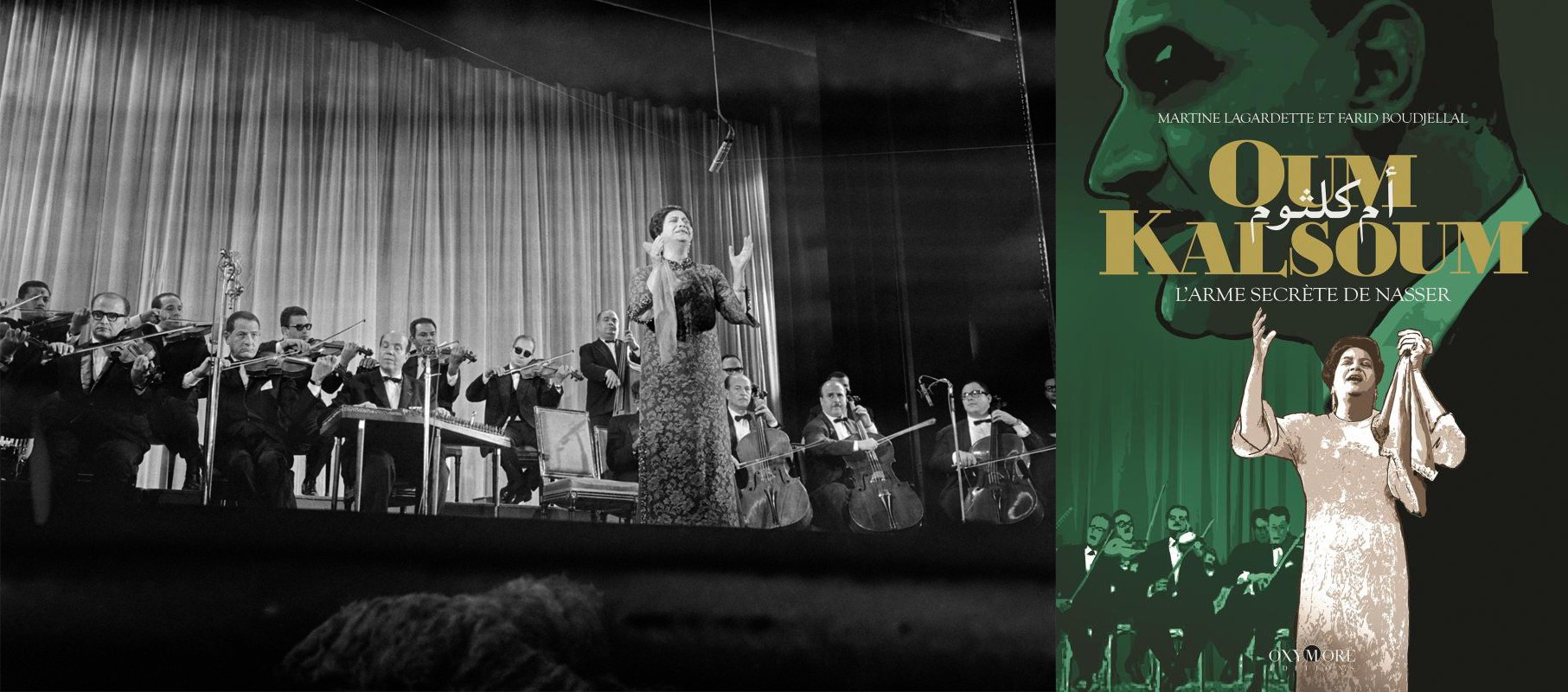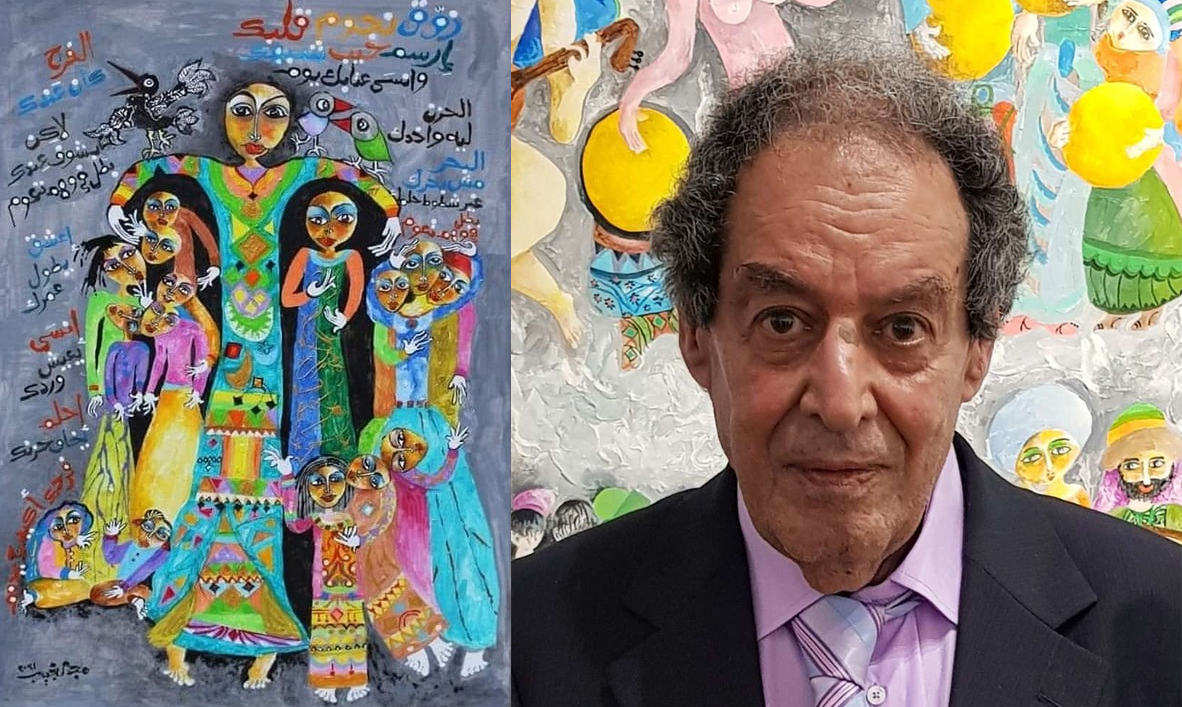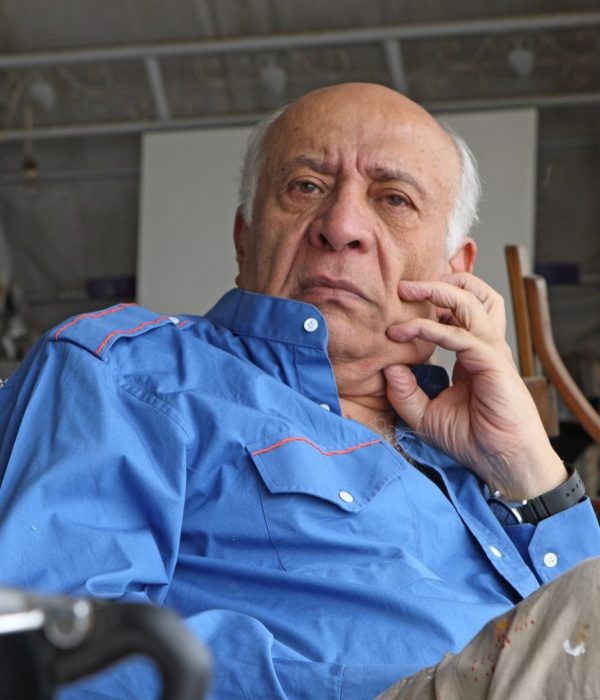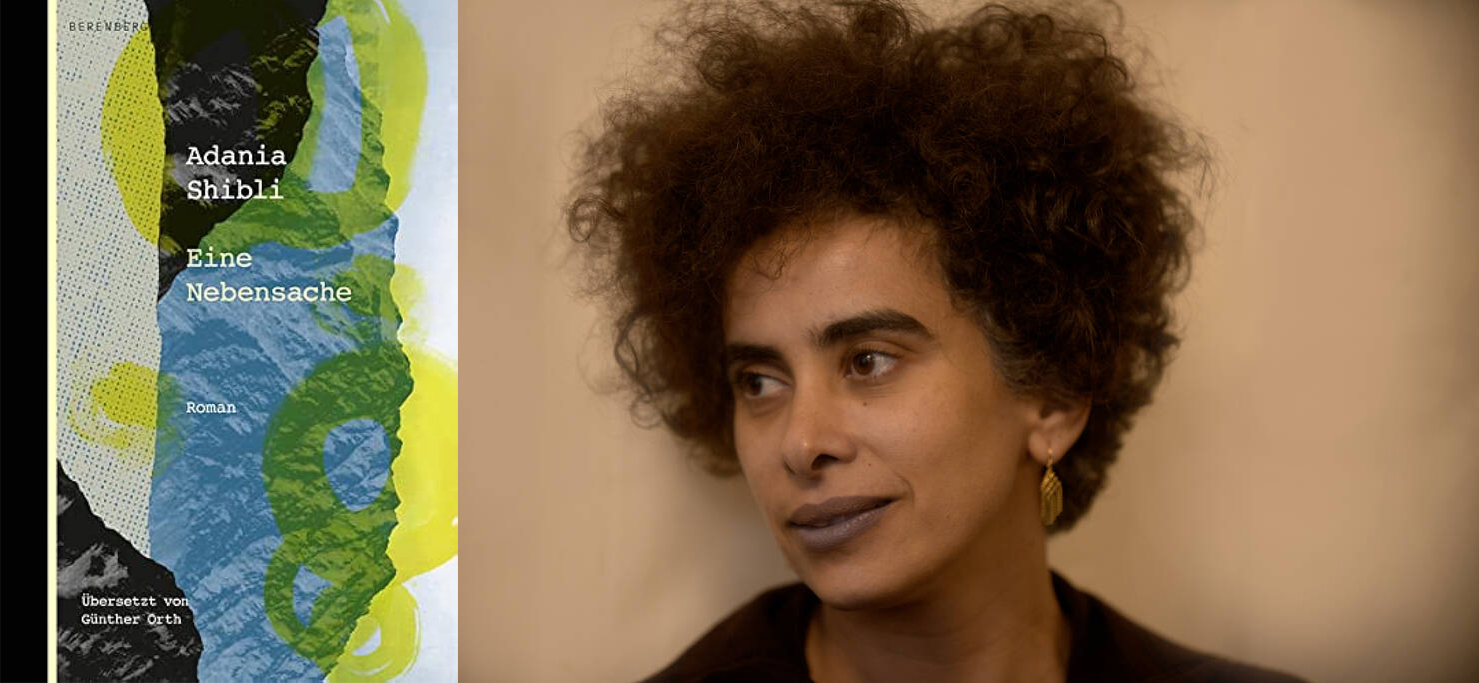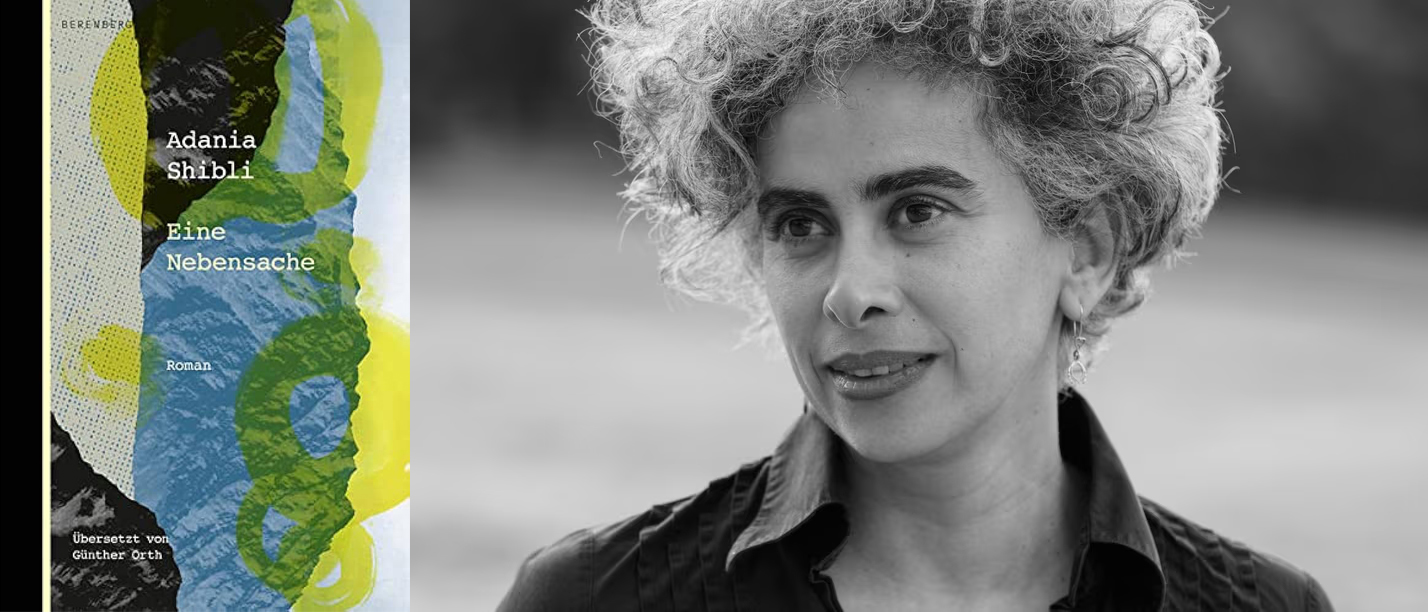Essays and Features
Multi-Talented ‘Poet of Colors’ Magdy Naguib (1936-2024) Mesmerized Music Composers and Singers of Egypt’s Musical Golden Age
The widespread reach of the Egyptian song and its artistic achievements, going beyond the Arab sphere to the rest of the world, owes its success to musicians, singers, and poets whose writings remain immortal today. Among them is the poet Magdy Naguib, who departed from the cultural scene on February 7, 2024, reports Al Habeeb Al Aswad in Al Arab newspaper. Hardly a moment goes by without news of the Arab cultural scene losing an artist, poet, songwriter, or other creative.
Hussein Madi (1938-2024): An Artist Whose Lifelong Embrace of Nature Created an Art That Will Endure
Postscript to ‘Indefinite Postponement’: Adania Shibli Breaks Silence on Frankfurt Book Fair Decision and Finds a Voice in the Absence of Words
When the Frankfurt Book Fair announced last October the “indefinite postponement” of Palestinian author Adania Shibli’s award for her novel “Minor Detail,” outrage erupted among critics not just in the Arab world but globally, with numerous translators, publishers, and award-winning authors condemning the decision in an open letter.
An Ideological Odyssey Spanning Two Decades of Incarceration: How the Syrian ‘Mandela’ Riyadh al-Turk (1930-2024) Went from Stalinist Communism to Social Democracy
Six Years After Publication, Zionist Protests Transform Adania Shibli’s ‘Minor Detail’ Into a Major Detail
Arab reactions to the “indefinite postponement” of an award ceremony honoring Palestinian author Adania Shibli and her novel, “Minor Detail” have ranged from ideological to radical, with several voices leveraging the October 16 decision by LitProm, the awards administrator of the Frankfurt Book Fair, as yet another reason to decry Western imperialism.
Layla Baalbaki: The Last Existential Feminist
Layla Baalbaki (1936-2023): Lebanese Writer Who Left a Revolutionary Storm in Modern Arab Feminist Novel at 22 Before Unexpected Adieu to Fiction Writing
In Algeria's Killing Fields: Many Causes Underlie Assassinations of Journalists and Intellectuals
Why Death of a Nation's Conscience Has Met With Cold Indifference
Farewell to Habib Sadek (1931-2023): Friend, Poet, and Exceptionally Honest Politician
Having Self-Exiled from the Turbulent World of Lebanese Politics, Sadek Dies Peacefully at 92

